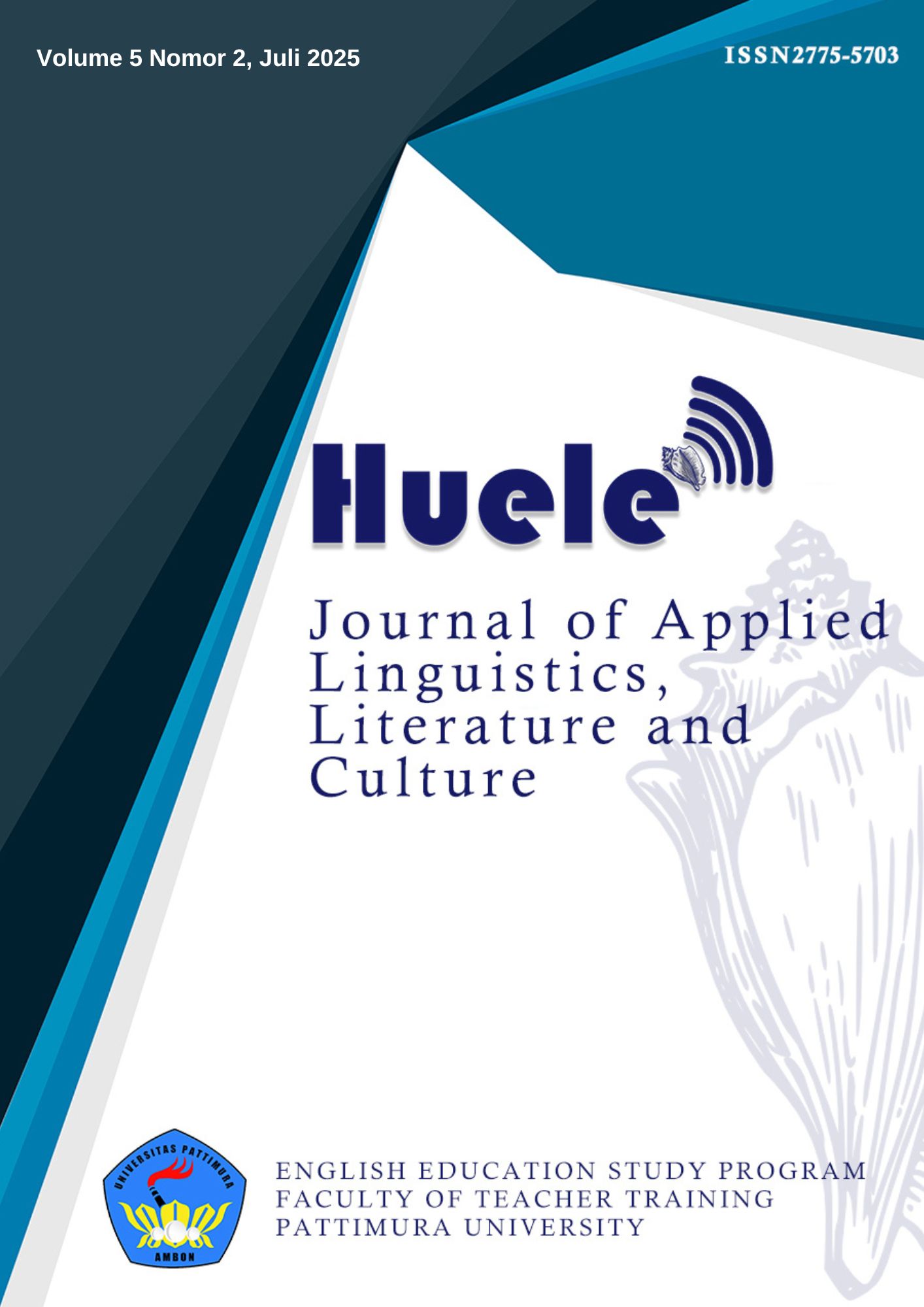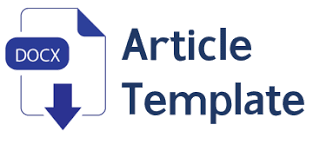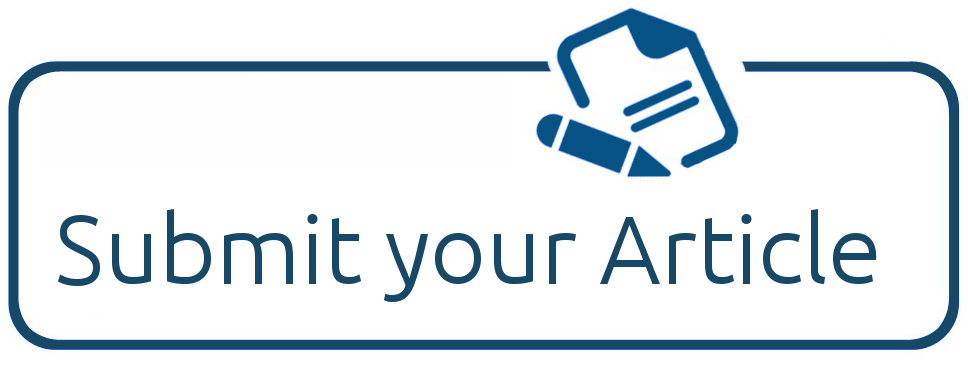The Effectiveness and Implementation of Gamification in Higher Education English Learning
Abstract
This study investigates the effectiveness of gamification in higher education English learning, drawing on empirical studies and systematic reviews. The analysis focuses on three dimensions: the impact of gamification across language skills, the role of design elements and platforms, and the theoretical and methodological issues that shape current findings. Results show that gamification is most consistently effective in vocabulary and pronunciation, where discrete, repetitive tasks align well with immediate feedback and spaced practice. Grammar, reading, and writing benefit motivation and engagement, but improvements in accuracy, comprehension, or rhetorical sophistication remain inconsistent. Immediate feedback, progress tracking, and adaptive challenges emerge as the strongest design features, while points, badges, and leaderboards produce mixed outcomes. Platform comparisons reveal that Kahoot! is effective for synchronous participation, Quizizz supports asynchronous review, and Duolingo promotes independent learning, though none alone guarantees durable outcomes. Theoretical perspectives such as Self-Determination Theory, Flow Theory, and the ARCS model help explain motivational gains, but they are rarely tested comparatively, limiting their explanatory power. Methodological weaknesses—including short intervention durations, variable instruments, weak control-group designs, and geographic concentration in Asia—further constrain generalizability. The review concludes that gamification holds substantial, but context-dependent, promise for English language education and must be integrated strategically with pedagogical objectives to ensure sustainable learning outcomes.
Downloads
Copyright (c) 2025 Jusak Patty

This work is licensed under a Creative Commons Attribution-NonCommercial-ShareAlike 4.0 International License.







